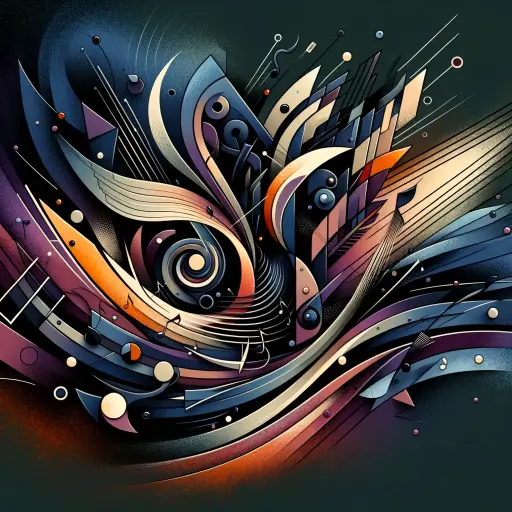
Hungarian Contemporary Classical Concerts
Hungarian Contemporary Classical is a genre that emerged in Hungary in the late 20th century and continues to flourish today. It combines traditional Hungarian folk music elements with modern classical composition techniques, resulting in a unique and distinct sound.
The origins of Hungarian Contemporary Classical can be traced back to the early 1970s when a group of composers known as the New Music Studio formed in Budapest. These composers, including György Ligeti, Péter Eötvös, and Zoltán Jeney, sought to break away from the constraints of traditional classical music and explore new avenues of expression. They drew inspiration from various sources, such as avant-garde Western European composers like Karlheinz Stockhausen and John Cage, as well as Hungarian folk music traditions.
One of the key characteristics of Hungarian Contemporary Classical is its use of microtonality. Composers often incorporate quarter tones and other small intervals into their compositions, creating a rich and complex harmonic language. Additionally, rhythmic complexity is another prominent feature of this genre. Composers experiment with irregular meters and intricate polyrhythms, adding an element of unpredictability to their works.
Over time, Hungarian Contemporary Classical has evolved and diversified. The influence of electronic music became more prevalent in the 1980s with artists like László Vidovszky incorporating synthesizers and computer-generated sounds into their compositions. This fusion between acoustic instruments and electronic elements added a new dimension to the genre.
Several significant artists have emerged within the realm of Hungarian Contemporary Classical. Composer György Ligeti is widely regarded as one of its pioneers. His groundbreaking compositions such as "Atmosphères" and "Lux Aeterna" pushed boundaries with their innovative use of texture and harmony.
Another notable figure is Péter Eötvös, who not only composed but also conducted many orchestras around the world. His works often incorporate theatrical elements and experimental techniques, reflecting his diverse background as a composer and conductor.
Concert Schedule
| Concert Date | Artist | Venue | City |
|---|
